IN PICS: Muslims observe Bakra Eid in capital
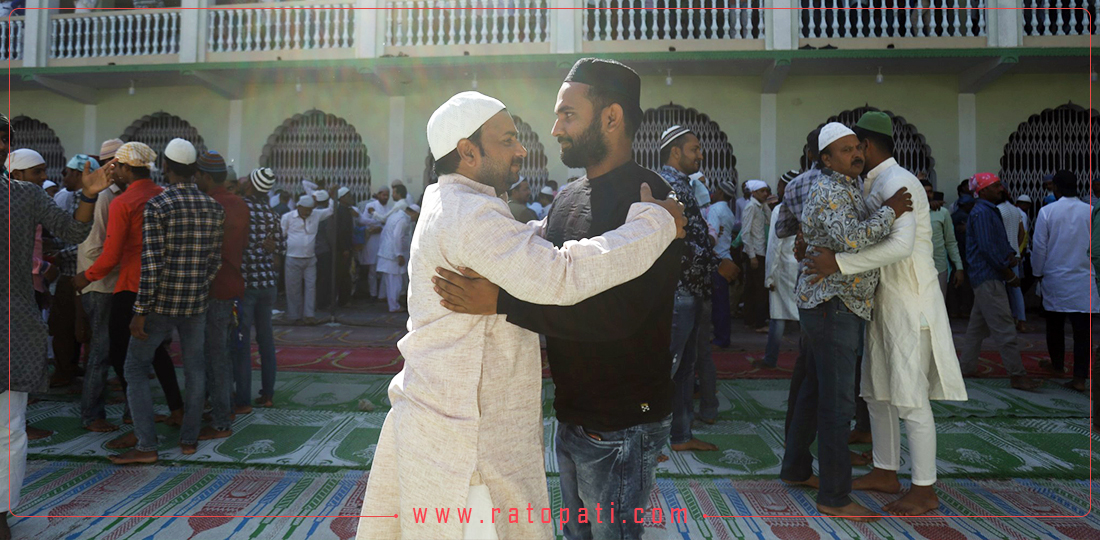
JULY 10: Eid al-Fitr, which is popularly known as Eid or Ramadan Eid, marks the end of the sacred month of Ramadan where Muslims fast from dawn to dusk and recite the Holy Quran and offers prayers to Allah while Eid ul-Adha (also known as Bakra Eid, Bakrid, Eid al-Adha, Eid Qurban or Qurban Bayarami) is the second major Islamic festival celebrated by Muslims across the world. It is marked as a commemoration of Prophet Ibrahim’s absolute dedication to Allah and is celebrated by Muslims all around the world in the month of Zul Hijjah/Dhu al-Hijjah, which is the twelfth month of the Islamic or lunar calendar.
On the tenth day of this month, Muslims around the world offer Eid al-Adha namaz at a mosque, after the sun has completely risen and just before it enters the Zuhr time (midday prayer time). The prayer is followed by a sermon or khutbah, by the Imam.
The Muslim community across the world celebrates the Bakrid festival by sacrificing a goat/sheep/buffalo/camel, honouring Prophet Ibrahim’s willingness to sacrifice. They start the festival by offering morning prayers in the mosque and follow their prescribed ritual of sacrificing which is later distributed in three proportions: poor people, relatives and themselves. They visit family and friends to offer wishes, share gifts and rejoice together.
Celebrating Eid-al Adha by sacrificing a cattle is very akin to the practice of self-sacrifice which is an act of offering gratitude to Allah. It is believed that during a lifetime, we give up a number of things that are important to us for a bigger purpose and in a similar way the sacrificing the animals is a symbol of willingness to sacrifice to stay true on our path and not be lured by earthly love and affection.
The Hajj pilgrimage also takes place at the same time, which is the pilgrimage that every Muslim must make at least once in their lifetime if they are able financially and physically. The sighting of the crescent Dhul Hijjah moon marks the beginning of the Islamic month of Dhu Al-Hijjah when the Hajj pilgrimage to Mecca in Saudi Arabia, one of Islam's five pillars, is performed and is followed by Eid Al Adha on the tenth day.
The celebrations of Eid-ul-Adha include women applying mehndi in various designs to add beauty to the entire essence of Eid celebrations as it is said to have been a part of our culture and traditional practices for centuries, eating delicious food, giving charity to the poor and sharing the joy with family, relatives, neighbors and friends where Bakrid feast dishes include mutton biryani, mutton korma, mutton keema, bhuna kaleji among others and the desserts include sheer khurma and kheer.
Here are some pictures taken by Ratopati photojournalist Subhash Shrestha:
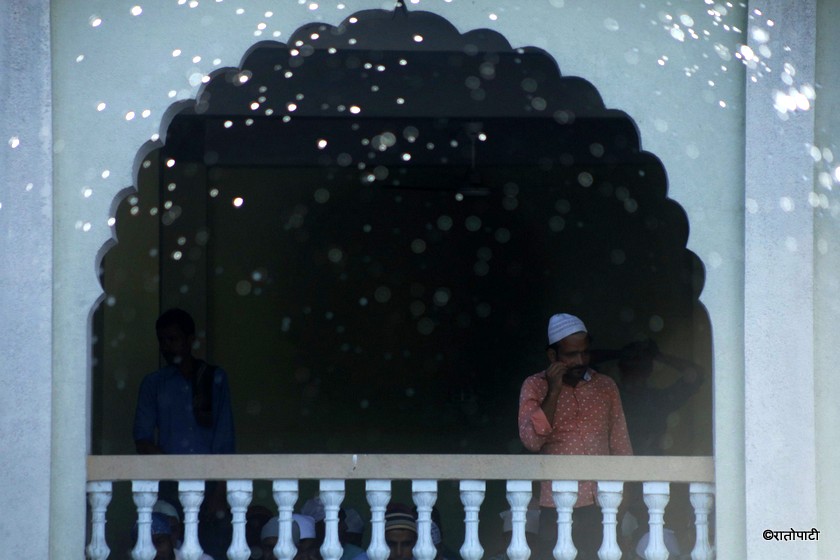
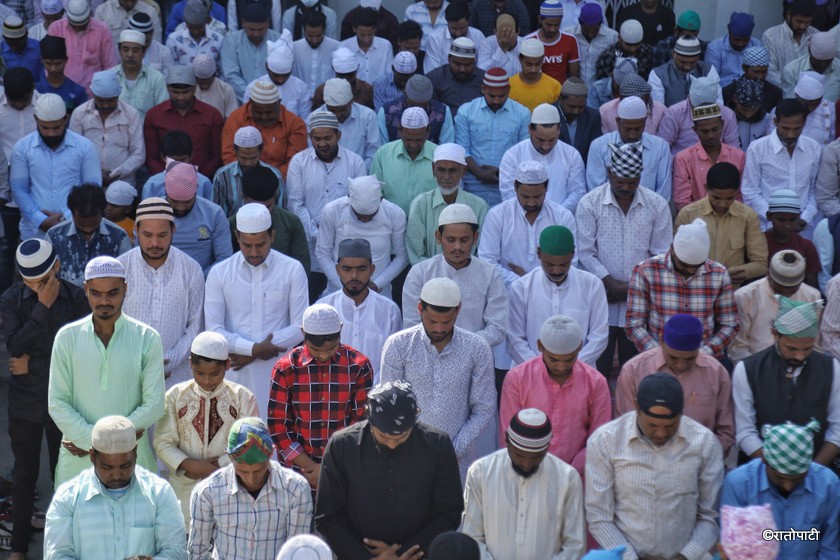
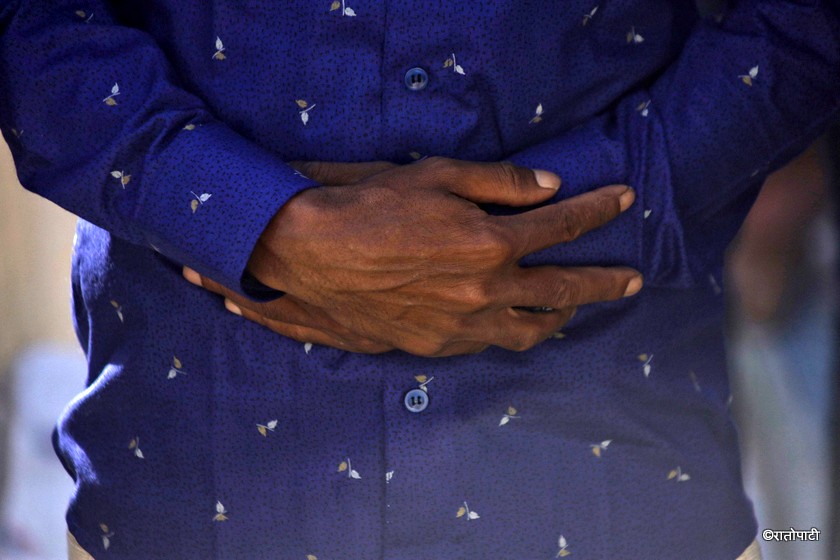
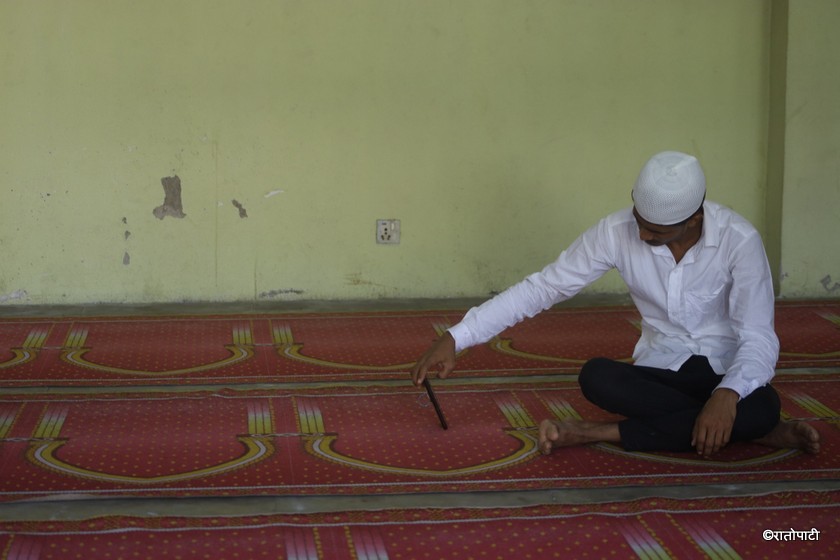

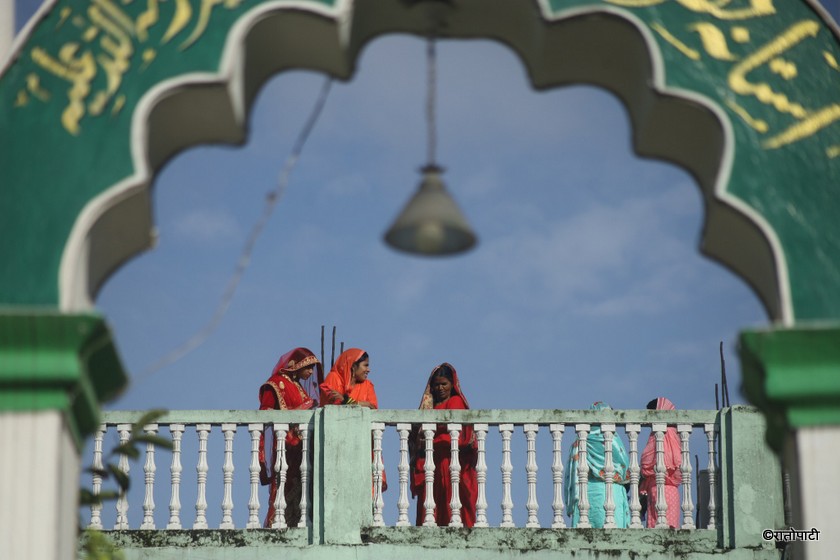
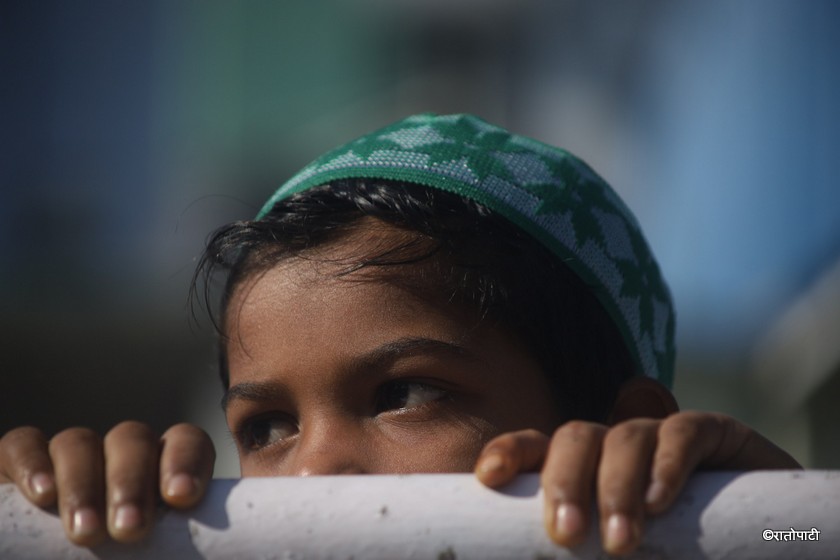
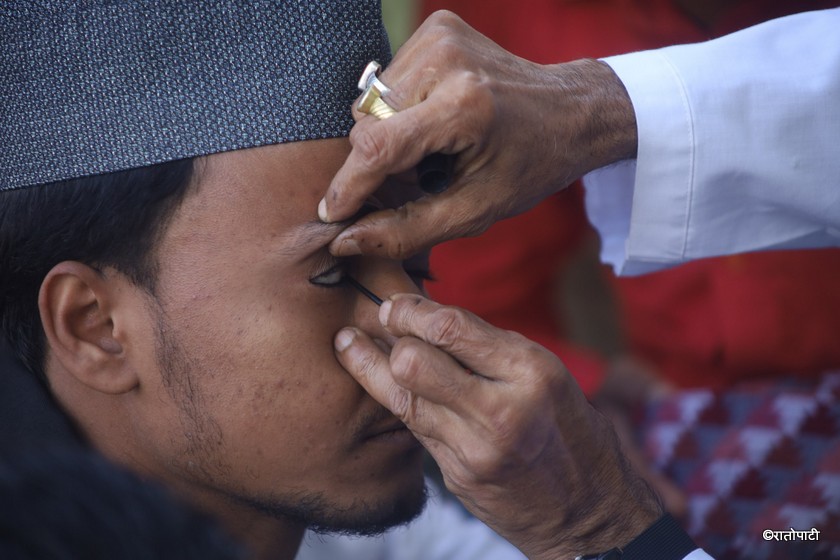
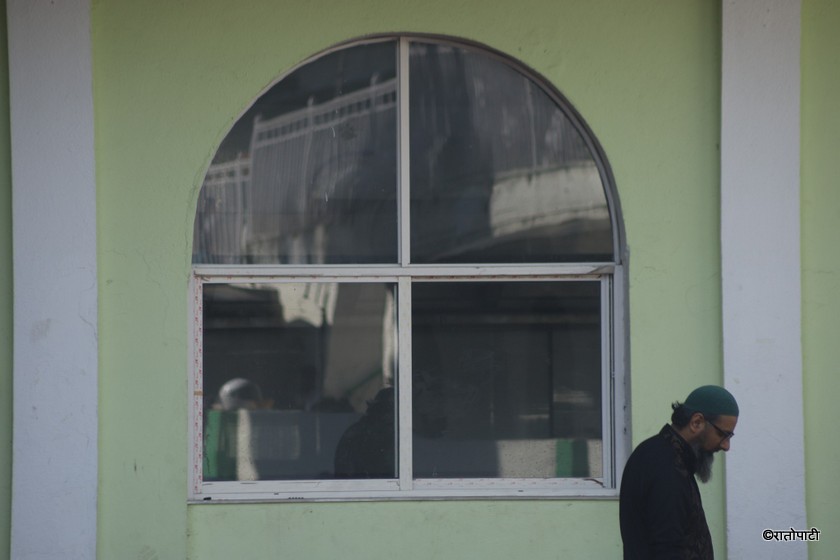
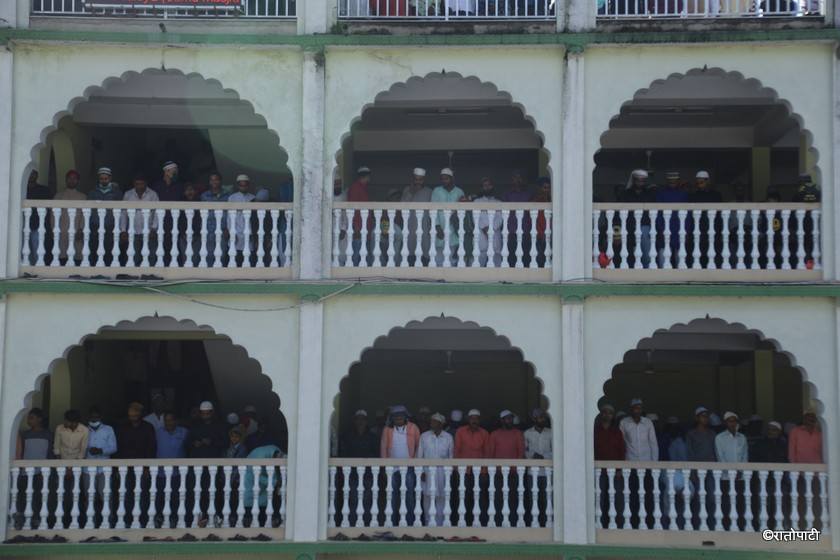
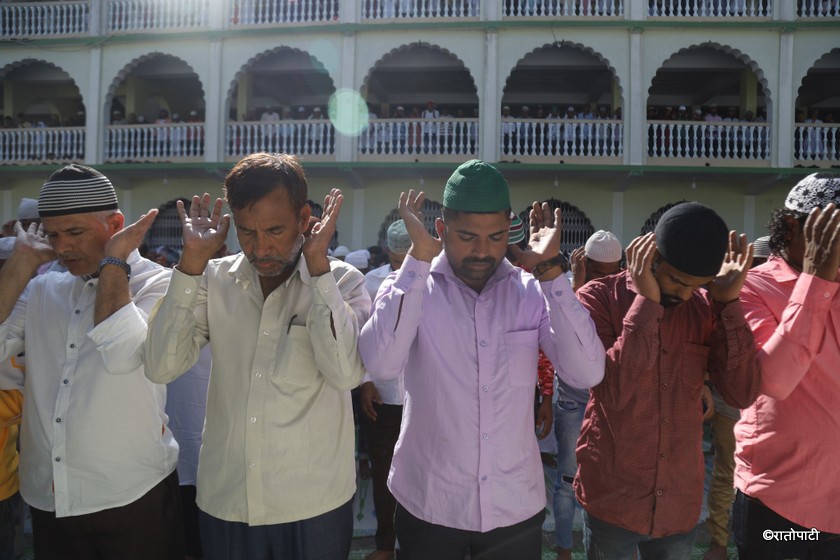
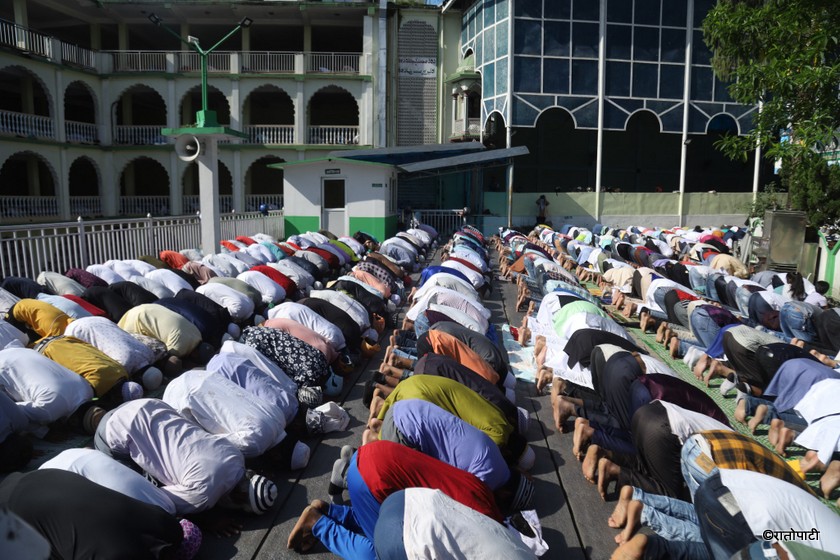
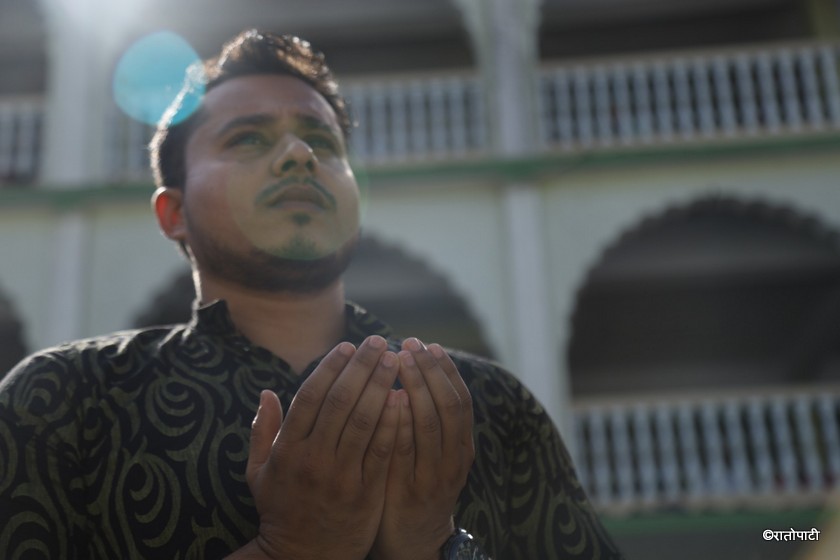
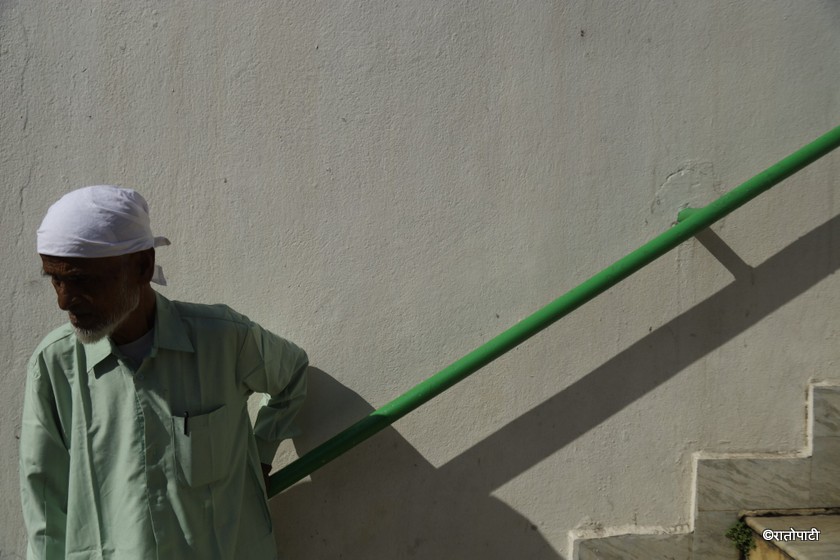
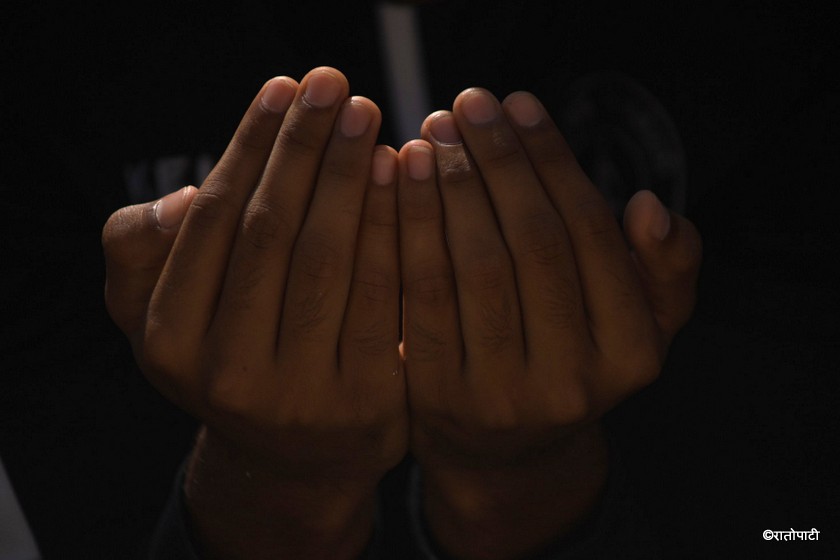
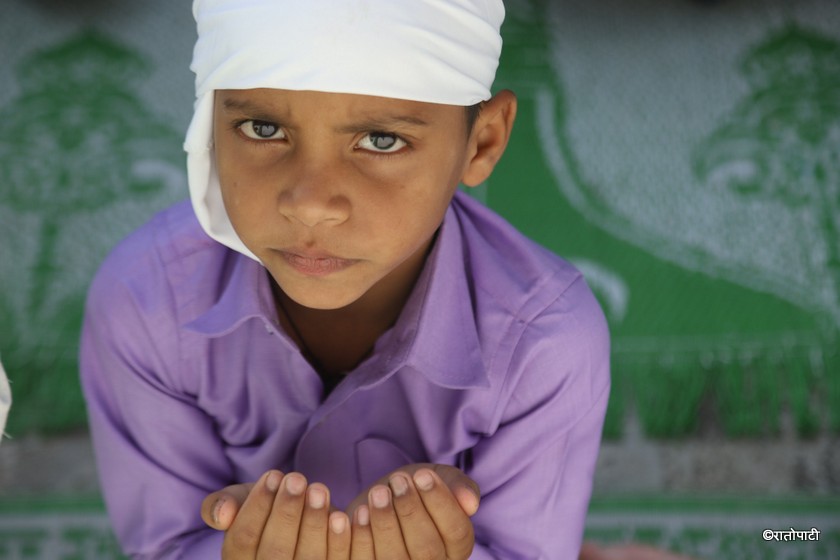

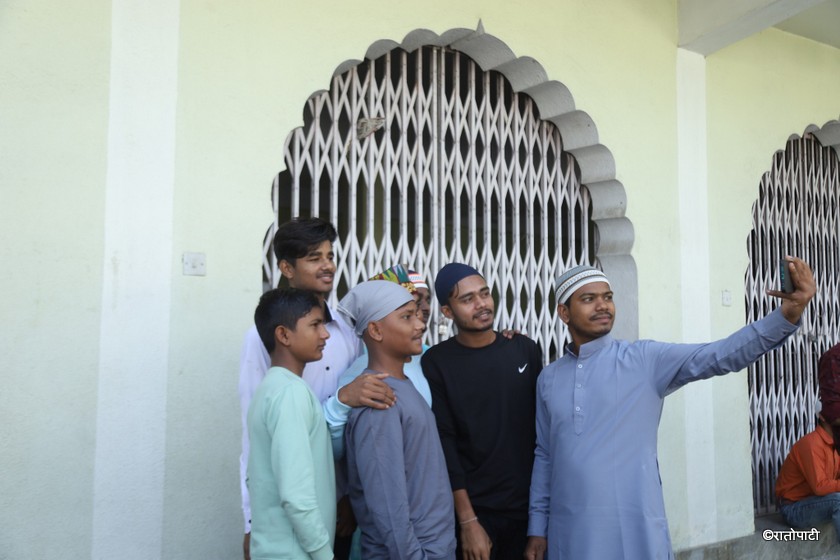
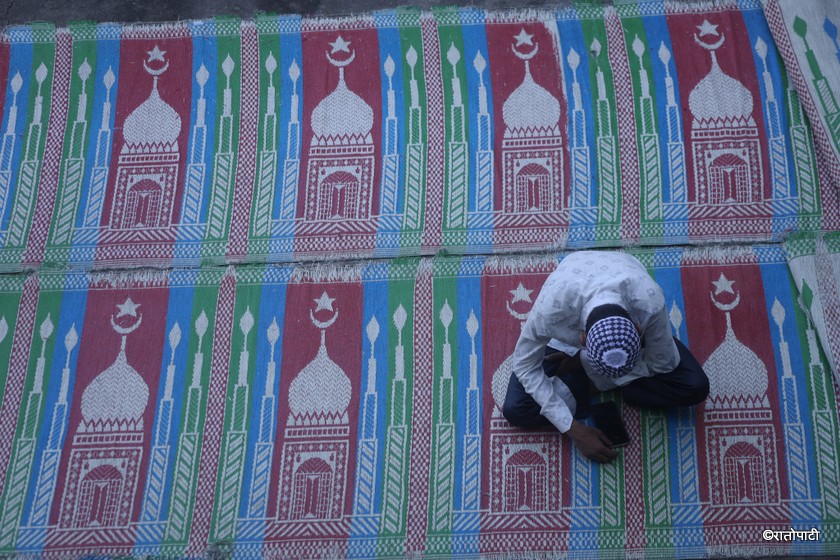
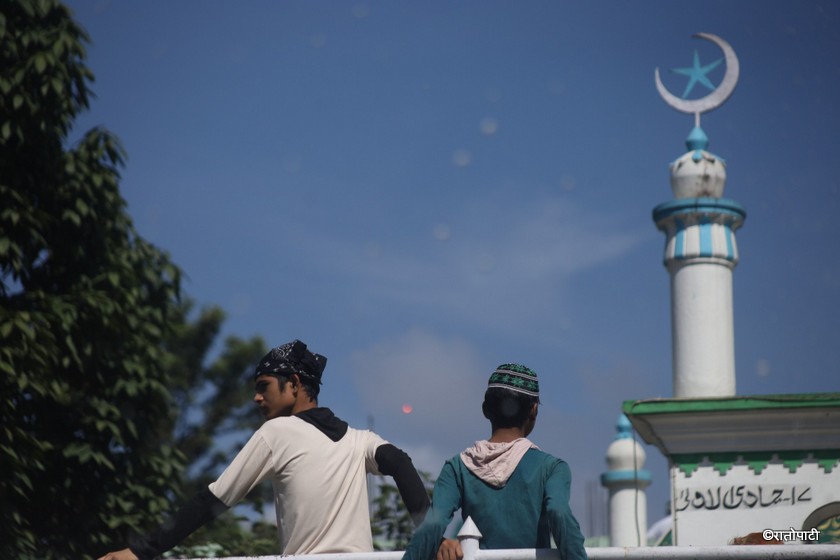
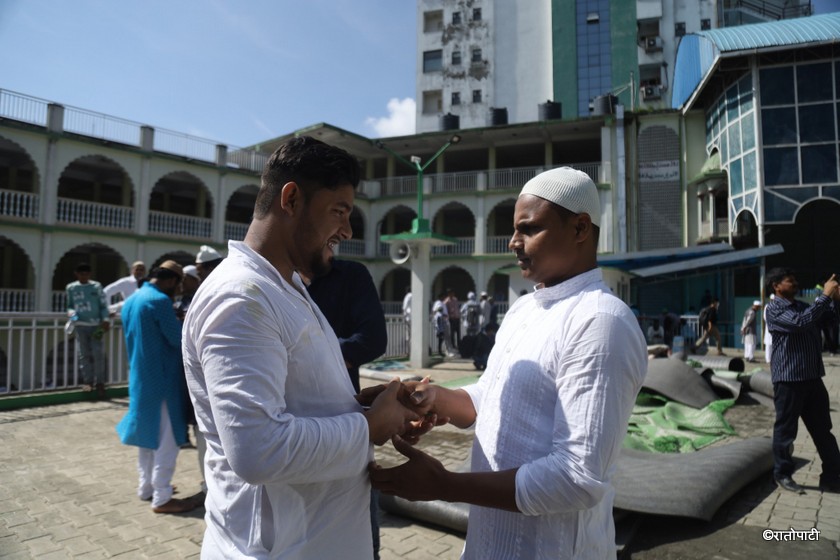

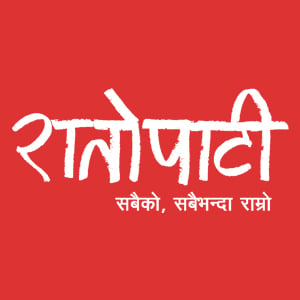
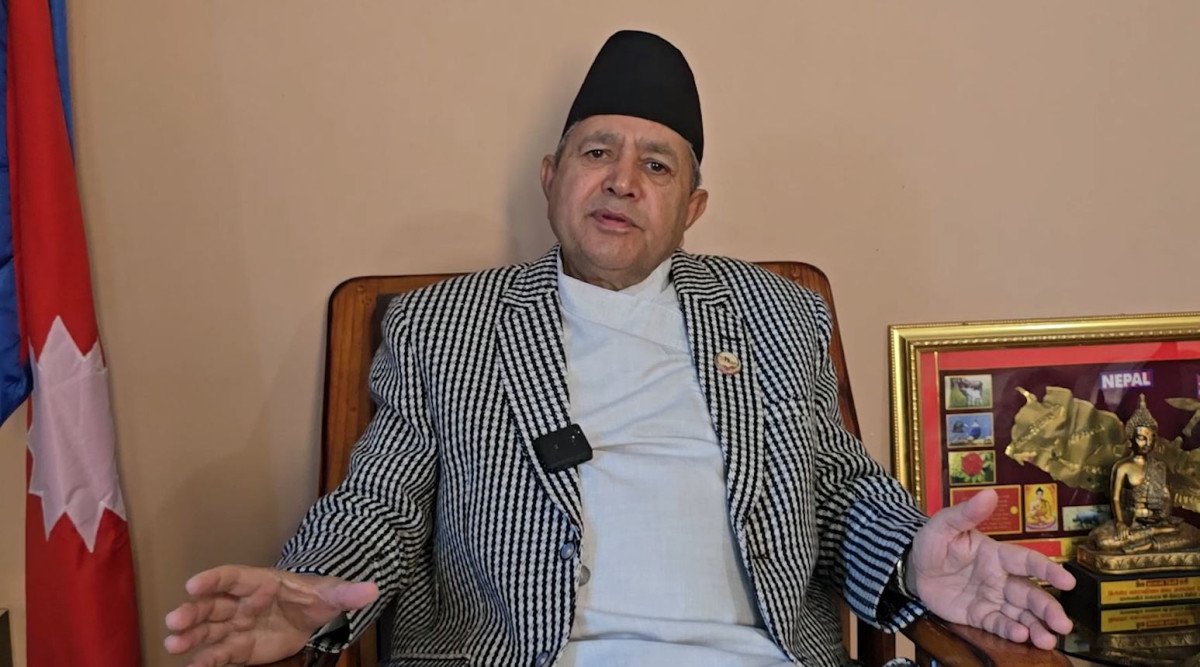
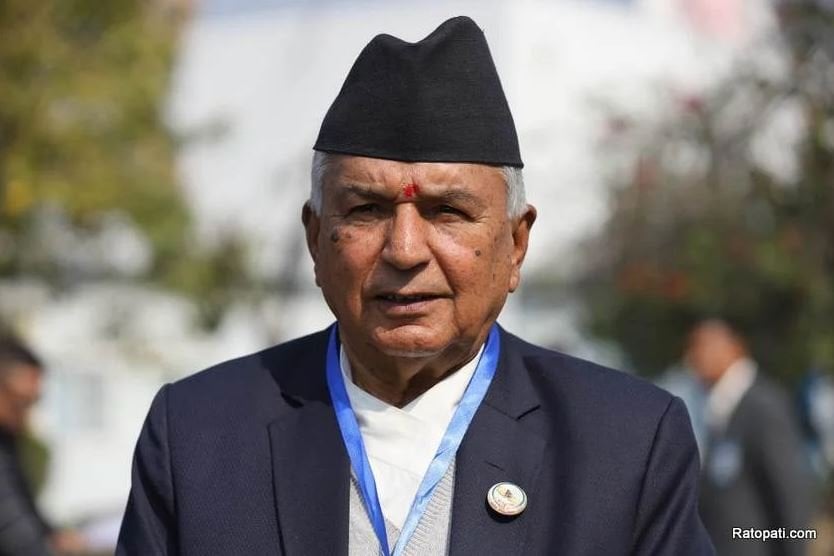
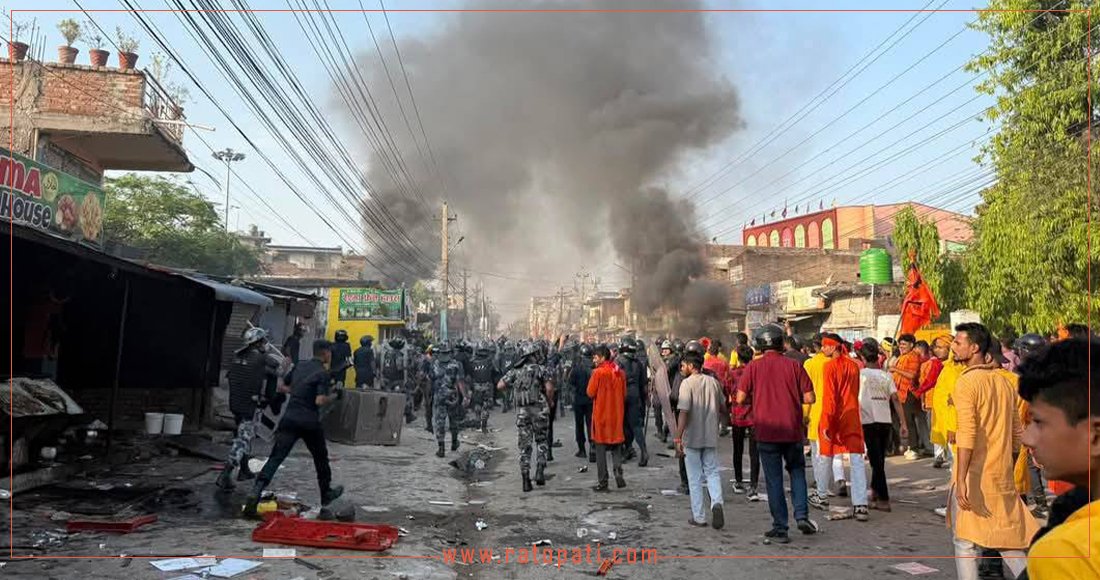
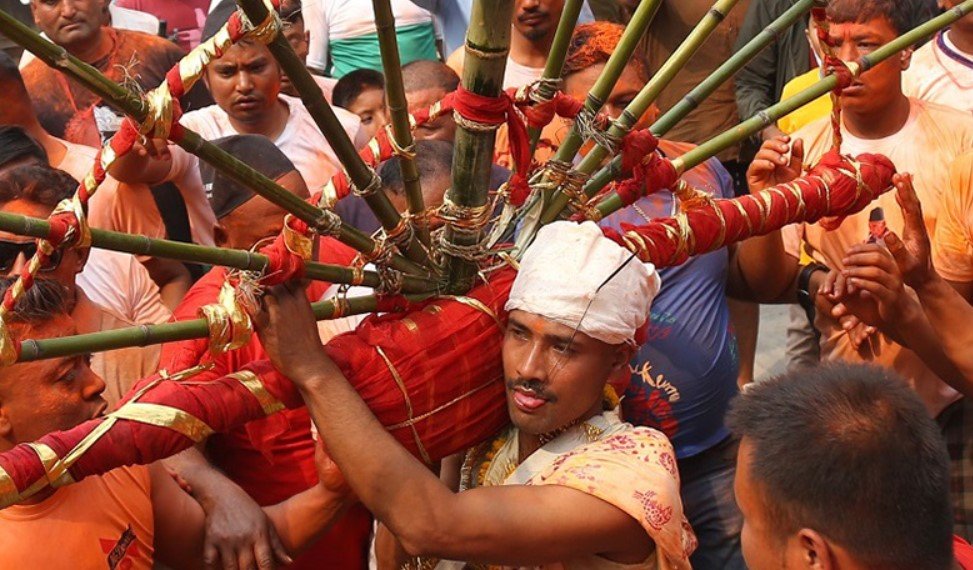
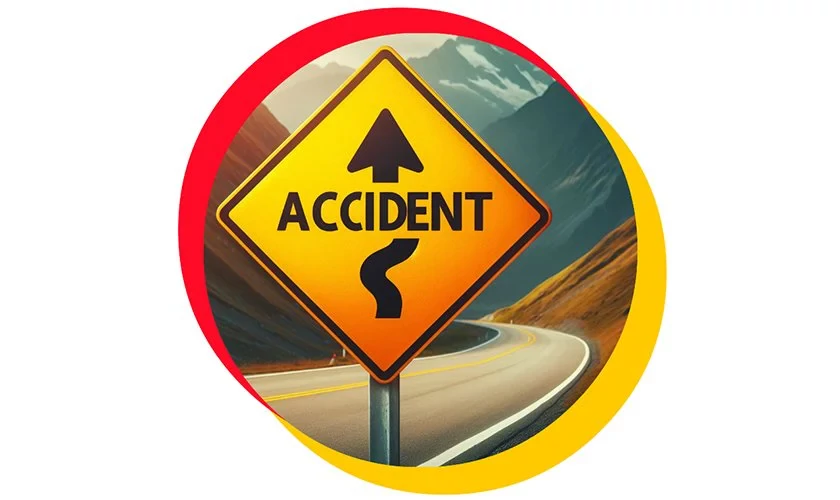
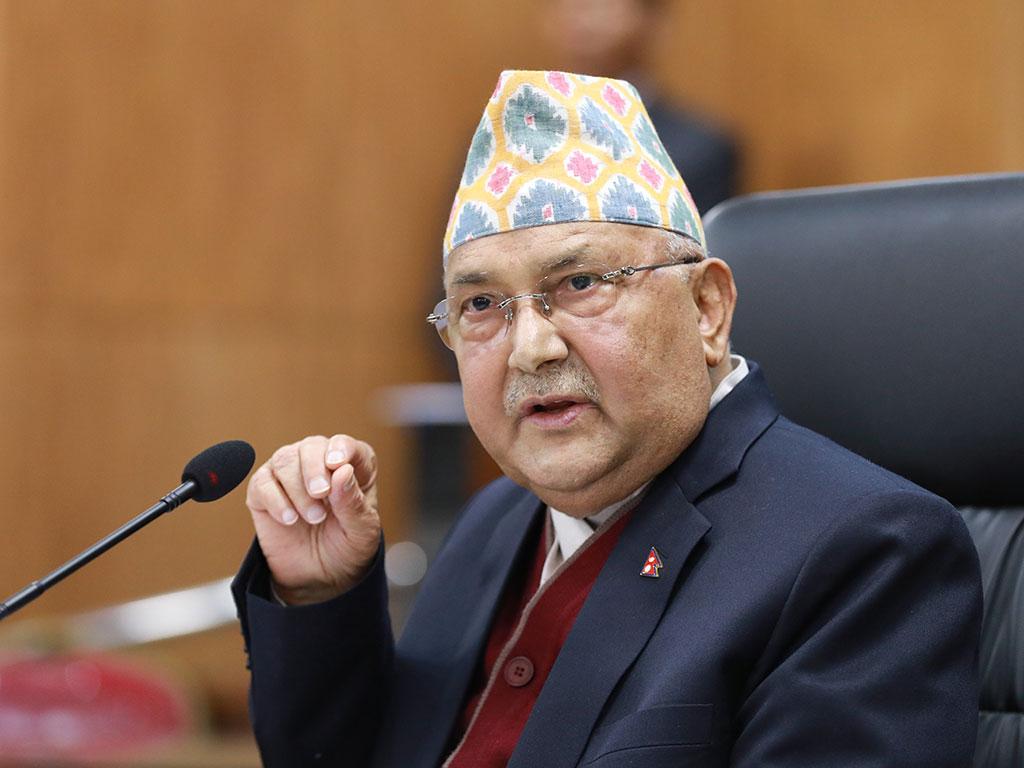
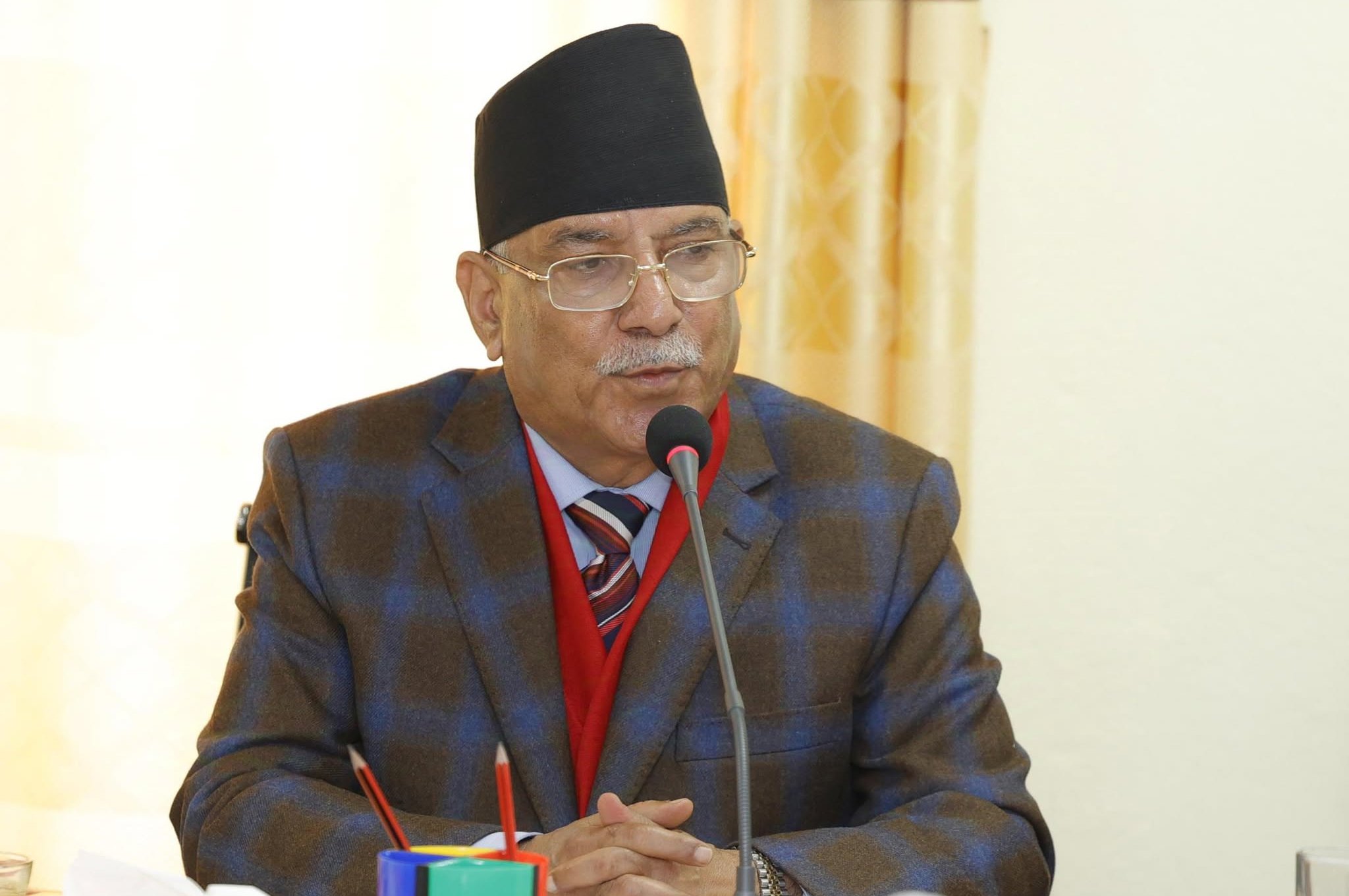
Leave Comment